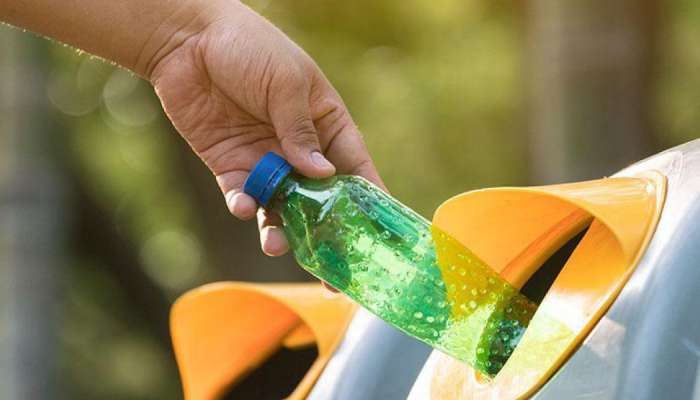
You make recycling possible. Without consumer participation, recycling programmes can't function. If you already recycle, you're playing a critical role in reducing waste in your area. But to truly make sure valuable materials - like cartons, plastic and other materials that can be reused in other products - are kept out of landfills, it is important to prevent wishcycling.
Wishful recycling (or wishcycling) is tossing something in your recycling bin hoping it's recyclable, which can cause more harm than good. While many programs have recycling equipment to sort items, some non-recyclable materials can cause the machines to jam or break, causing delays and contaminating the recyclable items.
To prevent wishcycling and help your local recycling programme operate efficiently, you'll need to know what materials can be recycled and how to prepare them before tossing them in the bin.
Know what is and is not recyclable
The first thing you should do to determine if an item is recyclable is to check the packaging. If you find a recycling icon on the package, it often means you're holding a widely recyclable item. However, that doesn't mean that you can simply throw the item into your recycling bin.
What is and is not recyclable can change over time and based on location. Whether you've lived in the same neighborhood your whole life or have just moved to a new city, it is recommended that you check with your local recycling programme from time to time to see what items are accepted in your area. Some programs may even provide a handy guide you can reference if you have any doubts about how to recycle certain items.
One recyclable material that still confuses many people is food and beverage cartons, like those made by Tetra Pak. From milk and juice to broth, soups and more, you likely have more than a few items in your kitchen that come in cartons. Because of how common they are, it's essential to learn how to recycle cartons so they don't end up in a landfill.
Know how to recycle an item properly
Once you've determined what materials can be recycled in your area, you'll need to learn how they should be recycled. There are many recycling myths, so to ensure you're doing so correctly, you'll want to familiarize yourself with how to recycle certain products, especially ones you consume often.
One popular myth is that Tetra Pak® cartons must be flattened before placing them in the bin. To properly recycle a carton, simply empty it, replace the cap or push the straw back in the pack, then place it in the recycling bin in its original form.
Recycling doesn't have to be complicated or mysterious. Familiarize yourself with your local recycling program guidelines so you can do your part to keep valuable items out of the garbage. -BPT